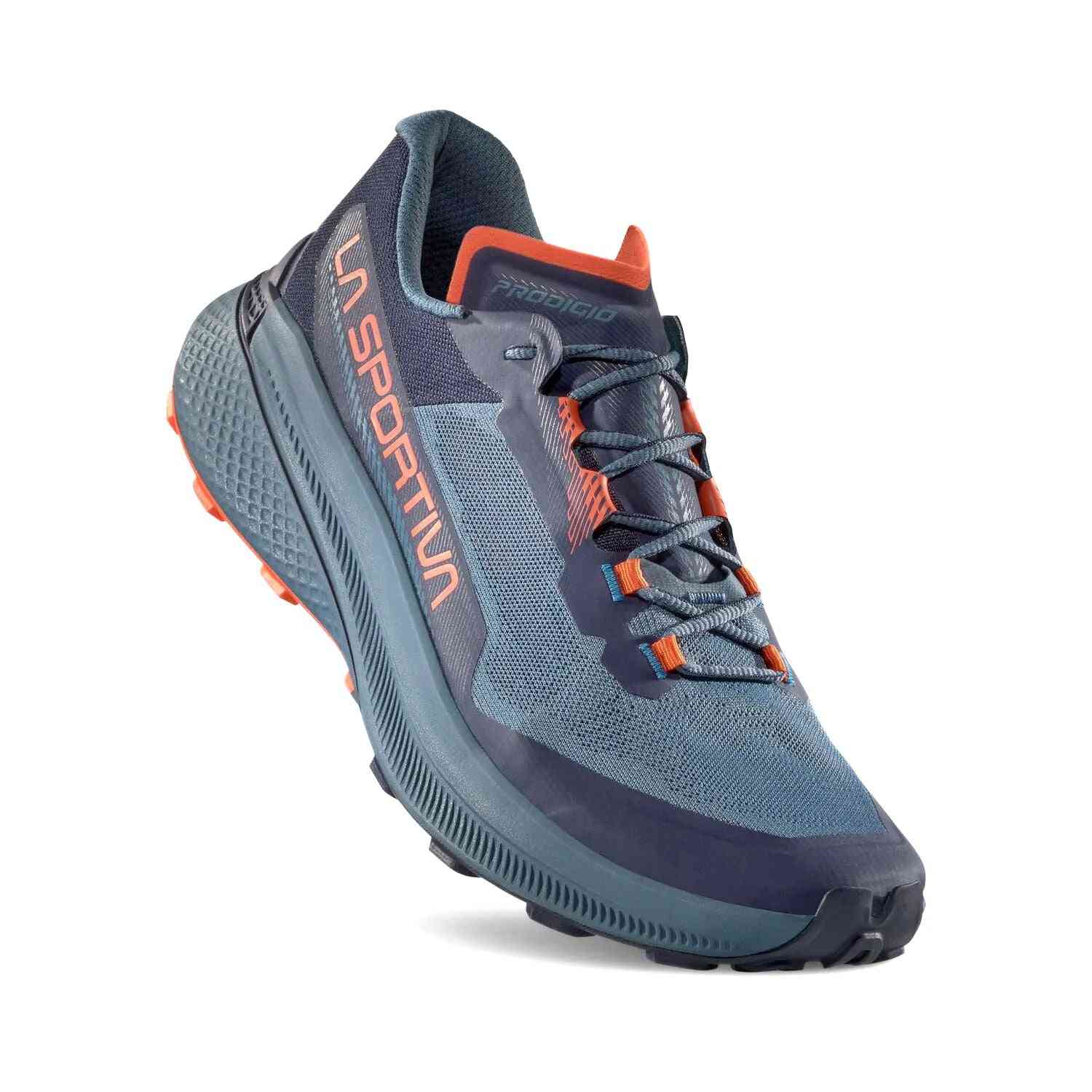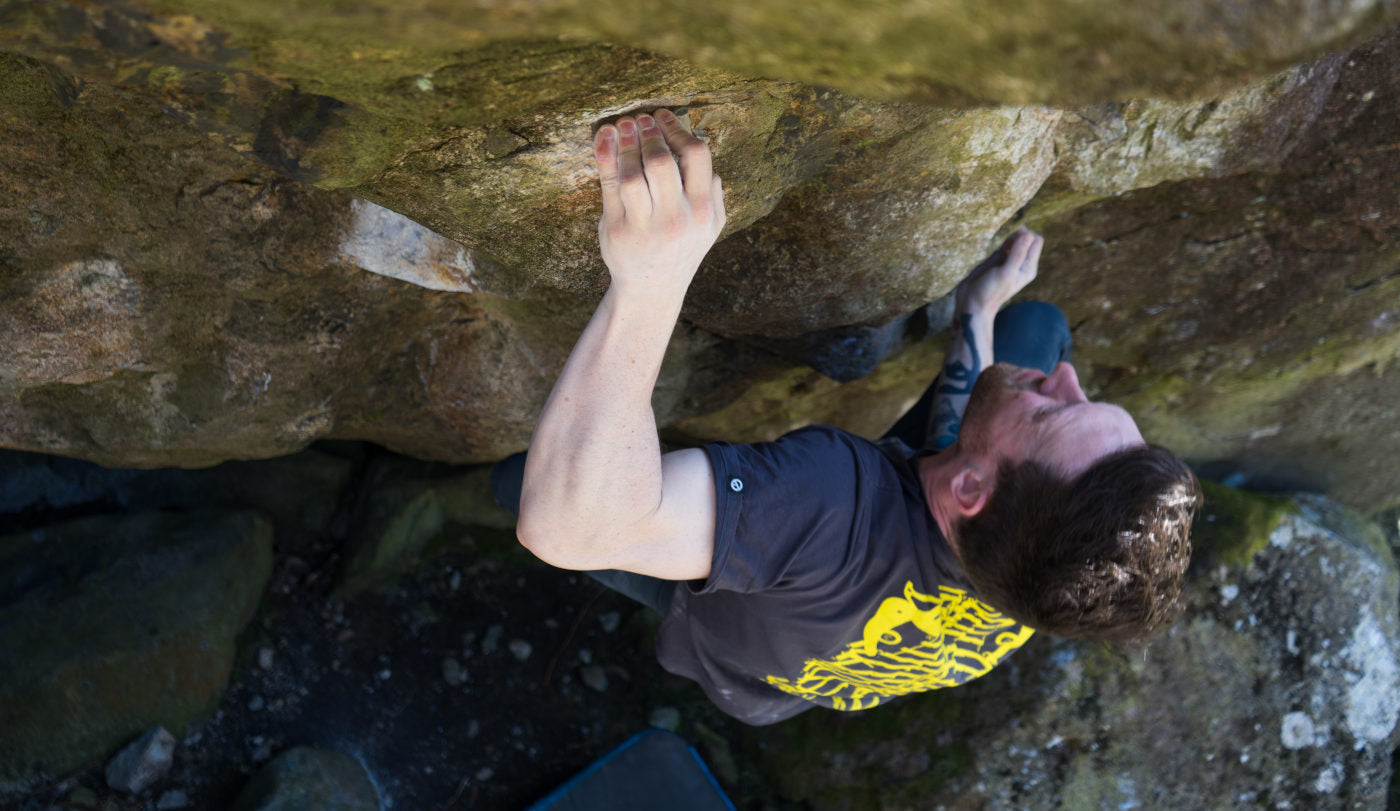By Neil Gresham
Forget the multigym, bouldering is the most effective form of strength and power training for climbing and it will improve your technique in to the bargain. However to obtain maximum strength gains from your sessions, it is vital to be aware of the great number of training variables that can be incorporated into bouldering. Use the following check list to see which components might be lacking in your current approach. It may be that just by changing one thing or adding something new that you could suddenly experience massive increases in strength and power!
Progressive warm-up
Even if you don't have much time and are in a hurry to get climbing, it is vital to build up the overload (training stress on the muscles) gradually and progressively at the start of a bouldering session. Otherwise you will blow your warm-up and destroy the benefits of the entire session. Do plenty of very easy problems and then slowly crank up the volume. Be very strict with rest and don’t allow a pump to build.
Fingers first - Getting the right angle
To the vast majority of climbers, gaining finger strength should be a far greater priority than gaining arm strength. After all, it's irrelvant how strong your arms are if you can't hold on! To get strong fingers it is vital not to fall into the trap of climbing on an angle which is so steep that you are only able to use jugs as handholds. Choose an angle which enables you to pull on holds that are approximately ‘first-joint’ in size, or smaller, even if this means only climbing on a surface that is only a few degrees steeper than vertical. For most midgrade climbers, 15 - 35 degrees overhanging will be the optimum angle. Also practice on walls that change in gradient, in particular those which require a lot of body tension to keep your feet on (for example, convex walls).
Vary the holds, moves & climbing surface
To obtain fully versatile strength, it is vital to break out of the rut of just trying the same old problems. Force yourself to try moves that you don't like and to climb on walls which feel unfamiliar and difficult. Many people avoid slopers and rounded holds but try to spend some time on these if this applies to you. Alternatively, if smaller, more positive holds are your weakness then make sure you include them too. Avoid really small sharp crimps or pockets which are prone to causing injury. Remember also to use undercuts and side-pulls and not to just do ‘ladder’ style problems when you only have to pull down. It is also important to try problems with small screw-on footholds to develop body tension.
Static strength vs dynamic power
To improve your power and fast-twitch coordination (sometimes referred to by climbers as 'timing') you should attempt snatchy moves between small (preferably sloping) holds on a less steep surface. These problems will also develop your contact strength (the ability to latch a hold at speed) For more controlled, static (isometric) strength, you should try problems which force you to lock off on each hold and reach up for the next hold in control.
Vary the number of moves
A vital component of a bouldering session, as with any form of strength training, is to vary the number of moves that you complete successfully in each problem. Again, this will ensure that you develop fully versatile strength: the shortest problems with the hardest moves will develop maximum strength & power whereas longer problems will develop the link between strength and endurance. Use the following guide to help you: 1 - 4 moves maximum strength and muscle fibre recruitment 4 - 10 moves mid-range strength work 10 - 16 moves short term power endurance
Intensity before extent
After warming up thoroughly, always try to attempt short problems with harder moves before moving on to attempt longer problems with easier moves towards the end of the session. This will ensure that you get maximum physiological adaptation from the session.
Quality rest and quality attempts
Bouldering is not about thrashing yourself. You should aim to take as much rest as possible between attempts at a hard problem in order to get the very most out of each try. A rule of thumb is to rest at least 1 minute per move completed on a problem, and rest for 15 minutes for every 30 - 40 minutes of bouldering. This way you will sustain productivity for longer. Aim for maximum quality and forget burning out on easier problems at the end. Stop when you still feel strong and you will experience better strength gains and recover more quickly after the session.
Shock the system
The more you boulder, the more likely you will be to encounter plateaus where it simply isn't possible to get any stronger by continuing to boulder exclusively. At this point it will pay to recruit some other types of strength training such as Campus boarding, fingerboards, or even weight training to subject your body to new and different training stimuli to force you out of the trough. If this doesn't work then you may even need to take a rest period or, dare I say it, revert to endurance training for a while.















